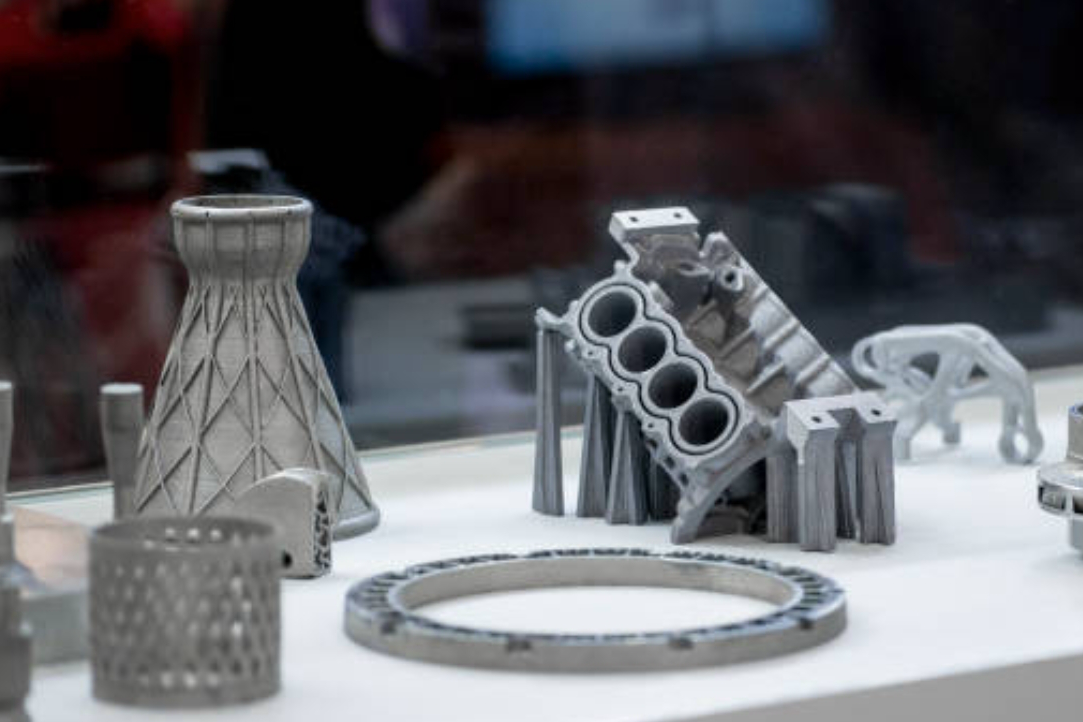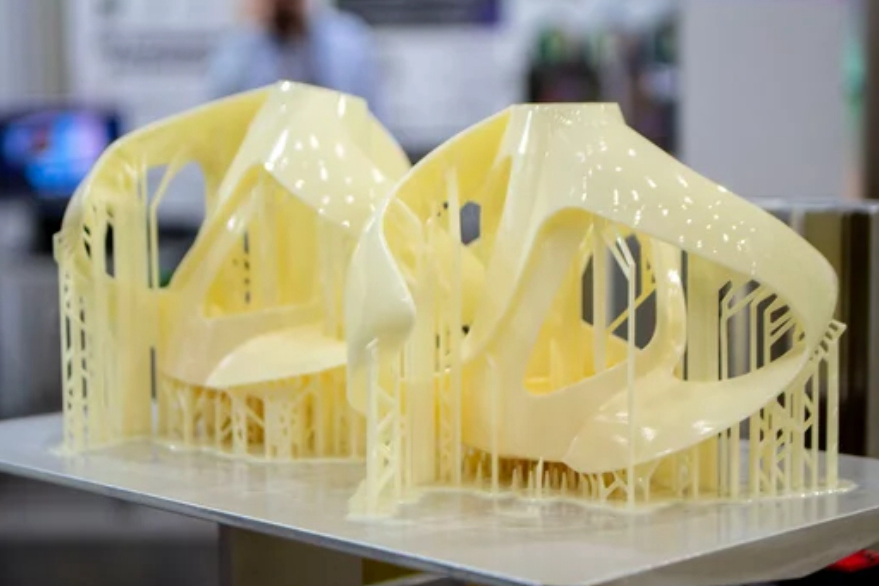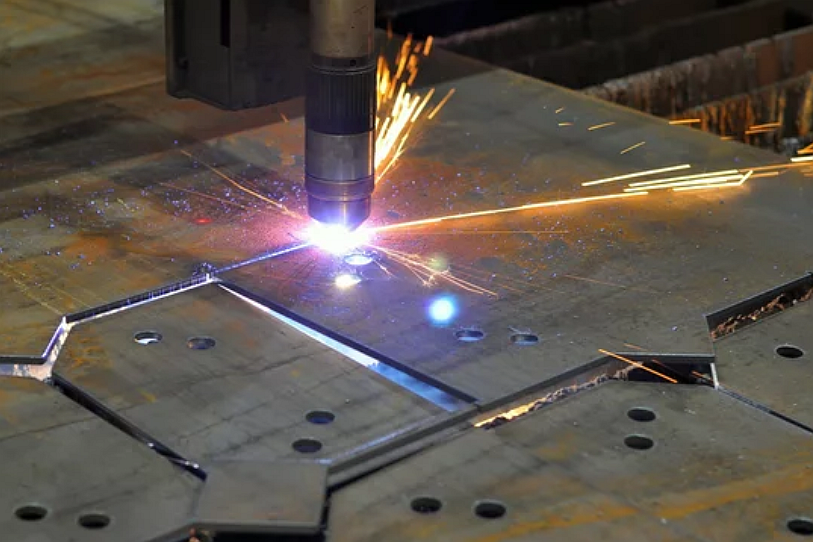What Materials And Thickness Can Be Laser Cut?
Metals
Lasers cutting process is commonly used to cut metal sheets, plates, tubes, and structural shapes. The cutability depends on the laser power, material thickness, and assist gases.
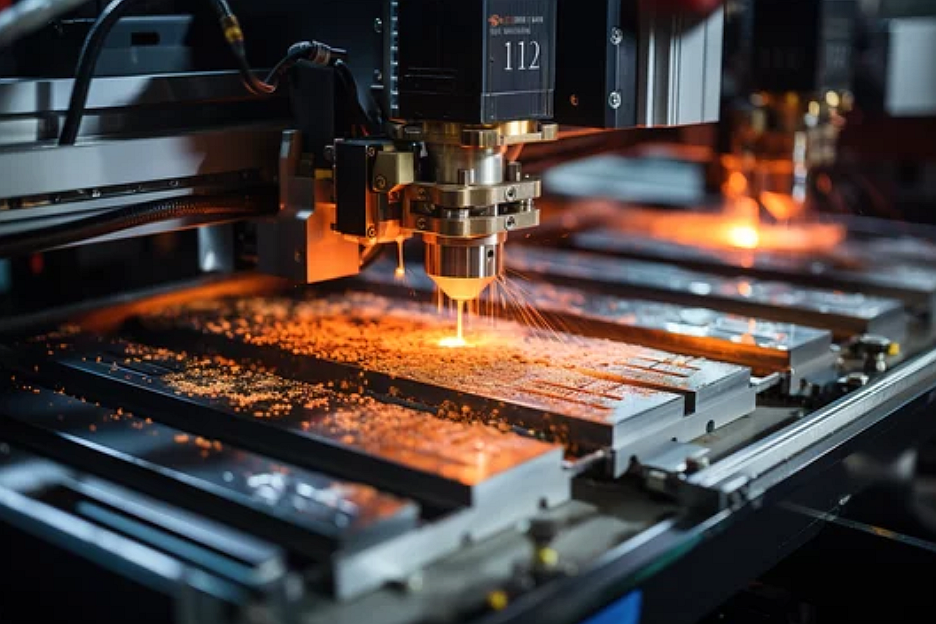
Carbon steel up to 1⁄4” can be rapidly laser cut with excellent edge quality. Thicker steel plates up to 1” can be cut with high-power fiber or CO2 lasers.
Stainless steel, including 304 and 316, can be laser cut up to 1⁄2” thick. Cutting will be slower than carbon steel and requires nitrogen assist gas.
Aluminum can be cut by fiber laser up to 1” thick. The laser must overcome aluminum's high reflectivity by optimizing frequency and using inert gas.
Brass, copper alloys, and other non-ferrous metals can be laser cut up to 1⁄4” thickness with good edge quality by tuning power and speed settings.
Titanium requires very high-power lasers due to its low thermal conductivity. Commercially pure titanium can be cut up to 1⁄4” thick.
Exotic alloys like Inconel, tungsten, and Hastelloy have high melting points requiring customized laser cutting solutions for anything beyond thin gauges.
Plastics
Engineering thermoplastics with high melting temperatures are commonly laser cut. The process is free of mechanical force.
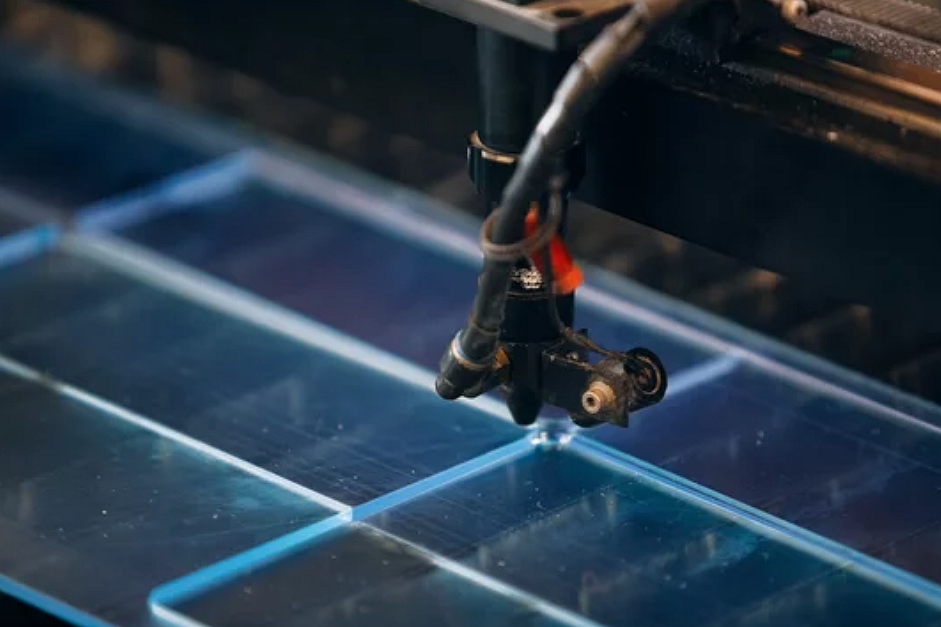
Acrylic sheets up to 1” can be smoothly laser cut with a polished edge. Care must be taken to control melting and residue.
Polycarbonate is routinely laser cut up to 1⁄4”, producing complex cutouts and holes with good precision.
Other plastics like PETG, PEEK, ULTEM, and ABS can be laser cut into thin sheets up to 1⁄8” thickness.
Nylons absorb infrared laser wavelengths well, producing intricate shapes and slots within 1⁄4” thick material.
Neway Laser Cutting Capabilities
In addition to the above materials, laser cutting is used to cut wood, leather, paper, ceramics, etc. But Neway does not provide these services. Neway mainly provides laser cutting services for metal and plastic. The following are the capabilities of Neway laser cutting:
Material | Thickness Capability |
|---|---|
Carbon Steel | Up to 1⁄4” |
Stainless Steel | Up to 1⁄2” |
Aluminum | Up to 1" |
Copper Alloys | Up to 1⁄4” |
Titanium | Up to 1⁄4” |
Acrylic | Up to 1" |
Polycarbonate | Up to 1⁄4” |
ABS | Up to 1⁄8” |
Nylon | Up to 1⁄4” |
Key Notes:
Thickness capabilities depend greatly on material properties, laser type, and power.
More complex materials like titanium and composites have a more limited thickness.
Many thicknesses listed are based on high-power CO2 or fiber lasers. Smaller lasers would require thinner material.
Maximum thickness values shown represent what is typically practical but not the absolute limits if using extremely high-powered lasers.
Factors like edge quality, cutting speed, and operating costs determine the thicknesses used for production.
